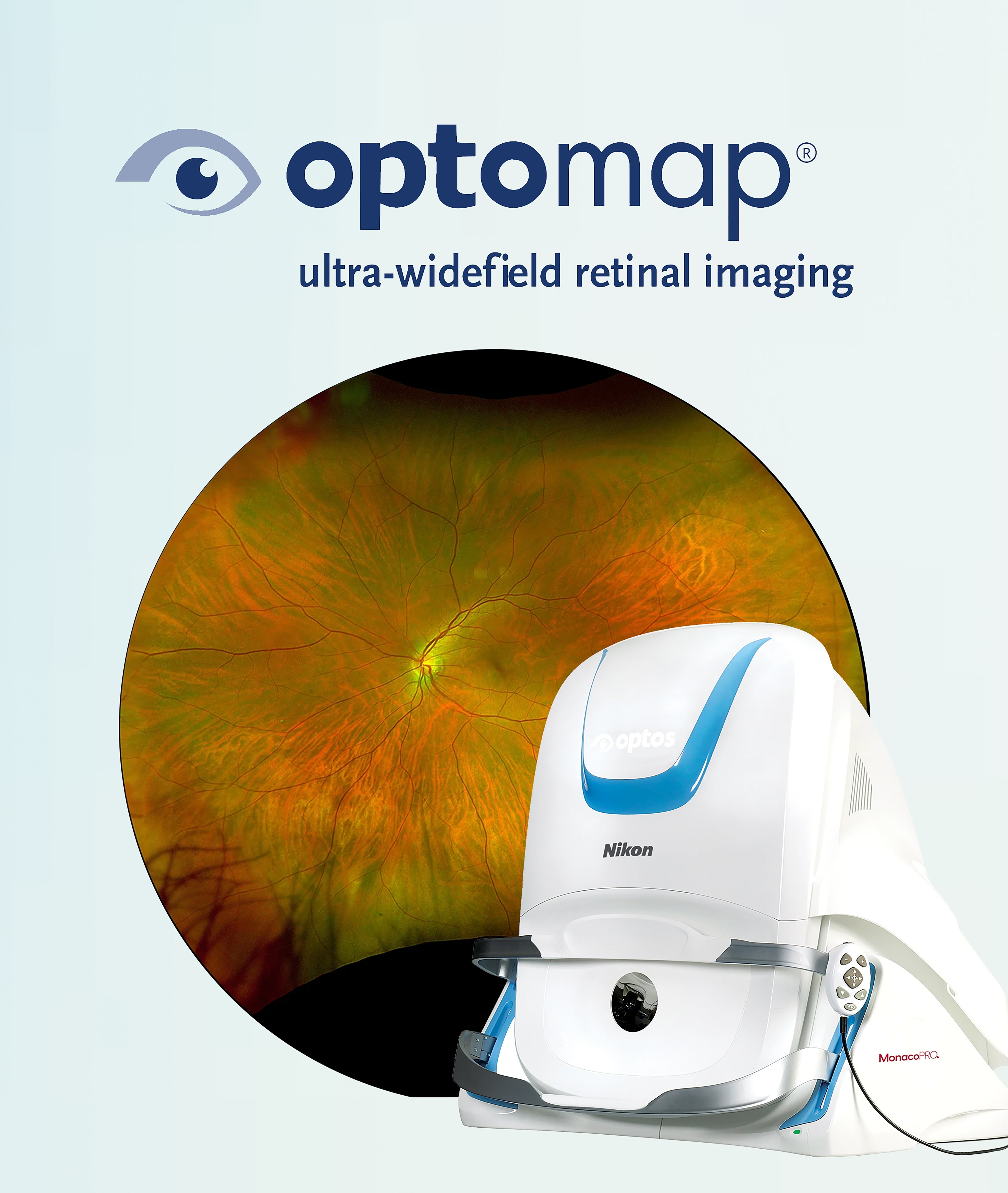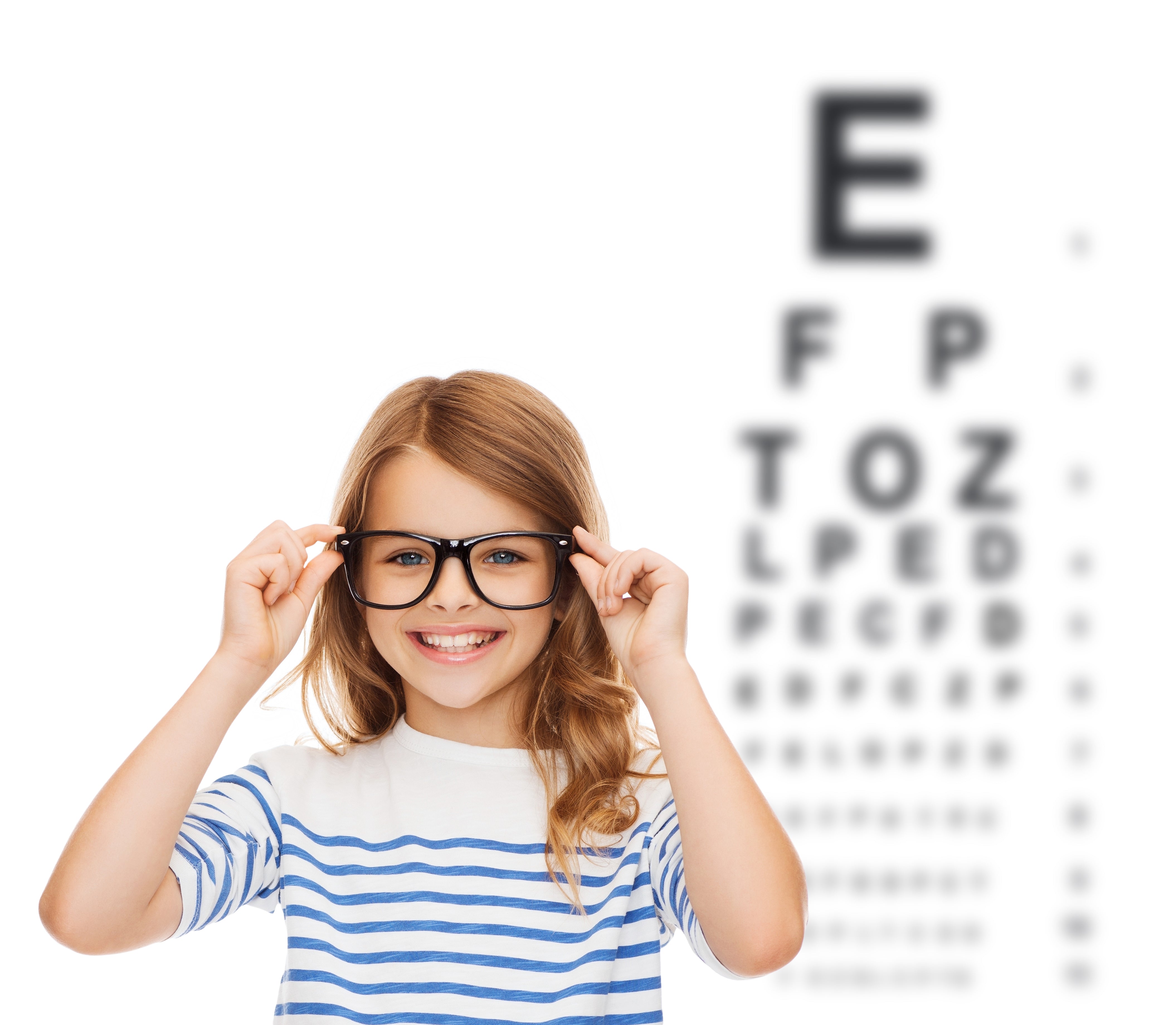Understanding Ocular Allergies
Understanding Ocular Allergies: A Clear View from an Optometrist
As an optometrist, I’ve seen countless patients walk into my office rubbing their eyes, complaining of itchiness, redness, and watery discharge. These symptoms often point to a common yet frequently misunderstood condition: ocular allergies. Also known as allergic conjunctivitis, this condition affects millions of people worldwide and can significantly impact daily life if left unmanaged. Let’s explore what ocular allergies are, what causes them, and—most importantly—how you can find relief.
What Are Ocular Allergies?
Ocular allergies occur when the eyes react to allergens—substances that trigger an immune response. The conjunctiva, the thin, transparent layer covering the white of the eye and the inner eyelids, becomes inflamed as the body releases histamines to combat the perceived threat. This inflammation leads to the hallmark symptoms: itchy eyes, redness, tearing, and sometimes a gritty or burning sensation.
While ocular allergies aren’t typically vision-threatening, they can make even simple tasks like reading, working, or enjoying a walk outside feel unbearable. For some, these symptoms are seasonal, flaring up during spring or fall. For others, they’re a year-round nuisance due to indoor allergens.
Common Culprits Behind Ocular Allergies
Allergens vary from person to person, but the usual suspects include:
- Pollen: Trees, grasses, and weeds release pollen, especially during spring and fall, making seasonal allergies a frequent trigger.
- Dust Mites: These microscopic critters thrive in bedding, carpets, and upholstery, causing perennial (year-round) symptoms.
- Pet Dander: Fluffy companions like cats and dogs can shed allergenic proteins in their skin, saliva, or urine.
- Mold: Damp environments harbor mold spores that can irritate the eyes.
- Other Irritants: Smoke, pollution, and even certain cosmetics or contact lens solutions can exacerbate symptoms.
In my practice, I often ask patients about their environment and lifestyle to pinpoint the allergen. Identifying the trigger is the first step toward effective management.
Symptoms to Watch For
Ocular allergies can mimic other eye conditions, like infections or dry eye syndrome, so it’s crucial to recognize the signs. Look out for:
- Intense itching (often the most telling symptom)
- Red or bloodshot eyes
- Excessive tearing or watery discharge
- Swollen eyelids
- Sensitivity to light (less common but possible)
If you’re unsure whether it’s allergies or something else, a visit to an optometrist or eye care professional can provide clarity—sometimes literally!
Solutions for Relief
The good news? Ocular allergies are manageable with the right approach. Here are some tried-and-true solutions I recommend to my patients:
-
Avoid the Allergen
Easier said than done, I know! But minimizing exposure is key. Stay indoors during high pollen days, use air purifiers to reduce dust and dander, and wash bedding regularly in hot water to kill dust mites. For pet lovers, keeping furry friends out of the bedroom can make a big difference. -
Over-the-Counter Remedies
Artificial tears can flush allergens from the eye and provide temporary relief. Look for preservative-free options if you’re using them frequently. Antihistamine or mast cell stabilizer eye drops, like those containing ketotifen or olopatadine (available OTC in many places), can reduce itching and inflammation. Always follow the instructions and consult an eye care provider if symptoms persist. -
Cold Compresses
A simple, drug-free trick: place a cool, damp cloth over closed eyes for 10-15 minutes. This can soothe swelling and curb the urge to rub, which only worsens the irritation. -
Prescription Treatments
For severe cases, I may prescribe stronger antihistamine drops, corticosteroid drops (for short-term use), or even oral antihistamines. These are tailored to the patient’s needs, so professional guidance is essential to avoid side effects. -
Contact Lens Tips
If you wear contacts, allergens can stick to the lenses, prolonging exposure. Switch to glasses during allergy season, or opt for daily disposable lenses to minimize buildup. Clean lenses thoroughly and avoid wearing them when eyes are already irritated. -
Lifestyle Adjustments
Rinse your face and hands after being outdoors to remove pollen. Sunglasses can act as a barrier against airborne allergens. And resist rubbing your eyes—no matter how tempting! Rubbing releases more histamine, fueling the cycle of discomfort.
When to See an Optometrist
While mild allergies can often be handled at home, certain red flags warrant a visit to an eye care professional:
- Symptoms that don’t improve with OTC treatments
- Pain, vision changes, or thick discharge (which could signal an infection)
- Allergies interfering with daily life despite management efforts
As an optometrist, I can perform a slit-lamp exam to assess the conjunctiva, rule out other conditions, and recommend a personalized treatment plan. There are many new OTC and prescription options available.


